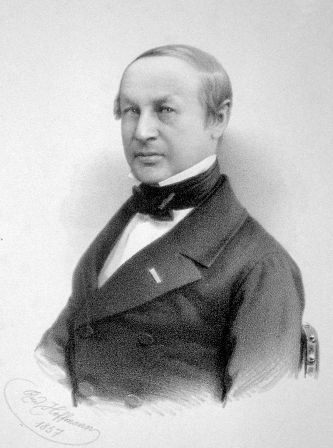Do You Know How Complex a Single Cell Is?
Psalm 96:3
“Declare his glory among the heathen, his wonders among all people.”
It wasn’t until 1839 that cell theory was first described by Theodor Schwann in basically its modern form. By 1858, researcher Rudolf Virchow had learned enough about the cell to conclude that every cell must come from a preexisting cell. But Charles Darwin wasn’t paying attention. The very next year he published a book, On the Origin of Species, which theorized that the first cell was formed from non living matter.
 In Darwin’s day, the cell was thought to be just a simple sac filled with jellied carbon. This concept is the origin of the term protoplasm. However, nearly 150 years of cell research has shown us that even protozoan and fungi cells are hugely complex. Today we know that even such “simple cells” as eukaryotes have an estimated 100,000 parts. Many thousands of different operations are taking place continuously within each of the cell’s many parts, called organelles. Furthermore, the cell cannot live until all these parts are working properly. Even the simple E. coli bacterium has 4,000 genes. If we were able to magnify the DNA of the E. coli to the thickness of a clothesline, it would be five miles long!
In Darwin’s day, the cell was thought to be just a simple sac filled with jellied carbon. This concept is the origin of the term protoplasm. However, nearly 150 years of cell research has shown us that even protozoan and fungi cells are hugely complex. Today we know that even such “simple cells” as eukaryotes have an estimated 100,000 parts. Many thousands of different operations are taking place continuously within each of the cell’s many parts, called organelles. Furthermore, the cell cannot live until all these parts are working properly. Even the simple E. coli bacterium has 4,000 genes. If we were able to magnify the DNA of the E. coli to the thickness of a clothesline, it would be five miles long!
There is no such thing as a “simple cell.” The fact that a cell cannot live without all these thousands of parts shows that cells were created in their finished form, just as the Bible says. Even bacteria declare the glory of our Creator!
Prayer:
Lord, I glorify You, for even the simplest cell testifies to Your glory. Amen.
Notes:
CRSQ, 3/99, p. 228, “The Putative Evolution of the Animal Eukaryote Cell Ultrastructure.” Photo: Lithograph of Theodor Schwann in 1887.